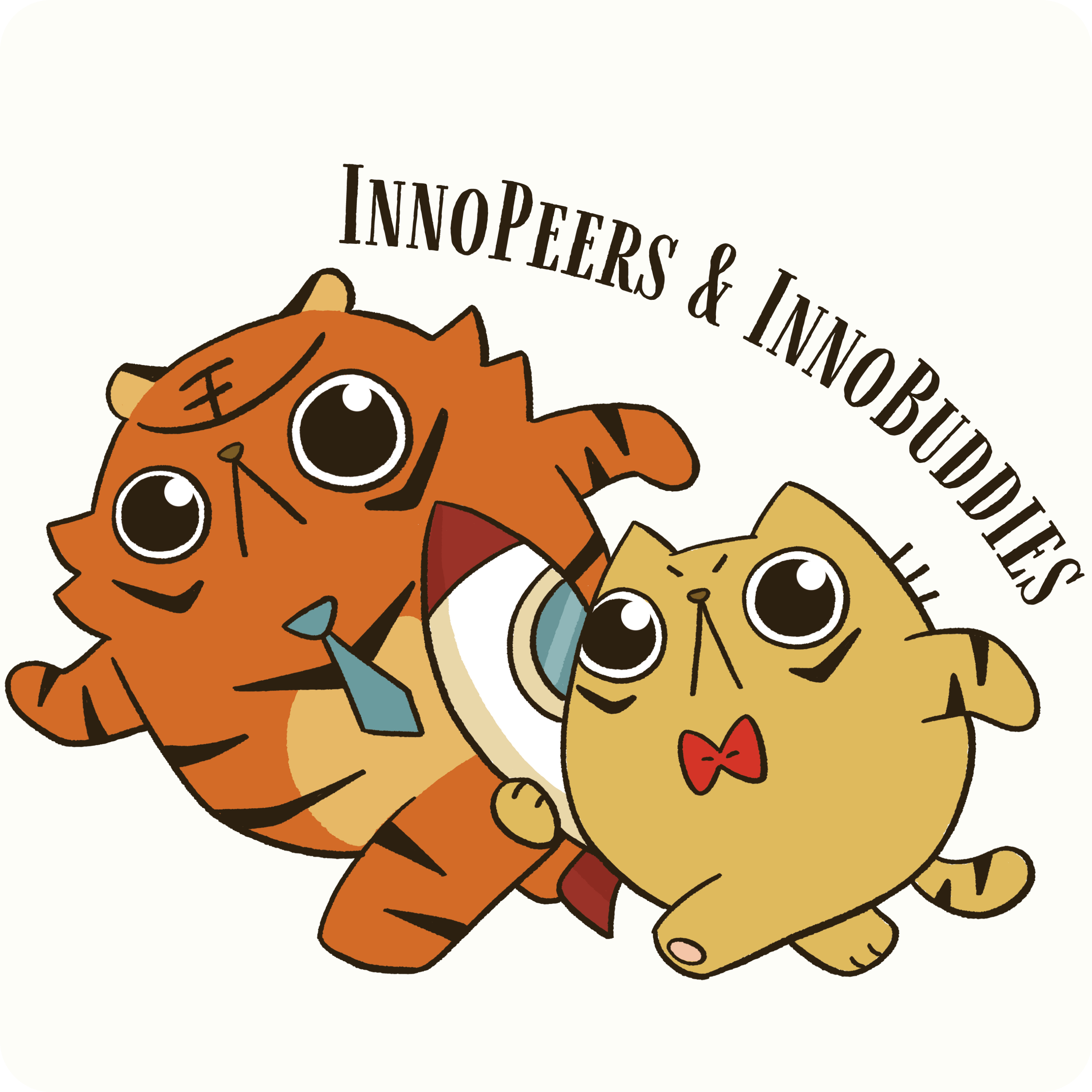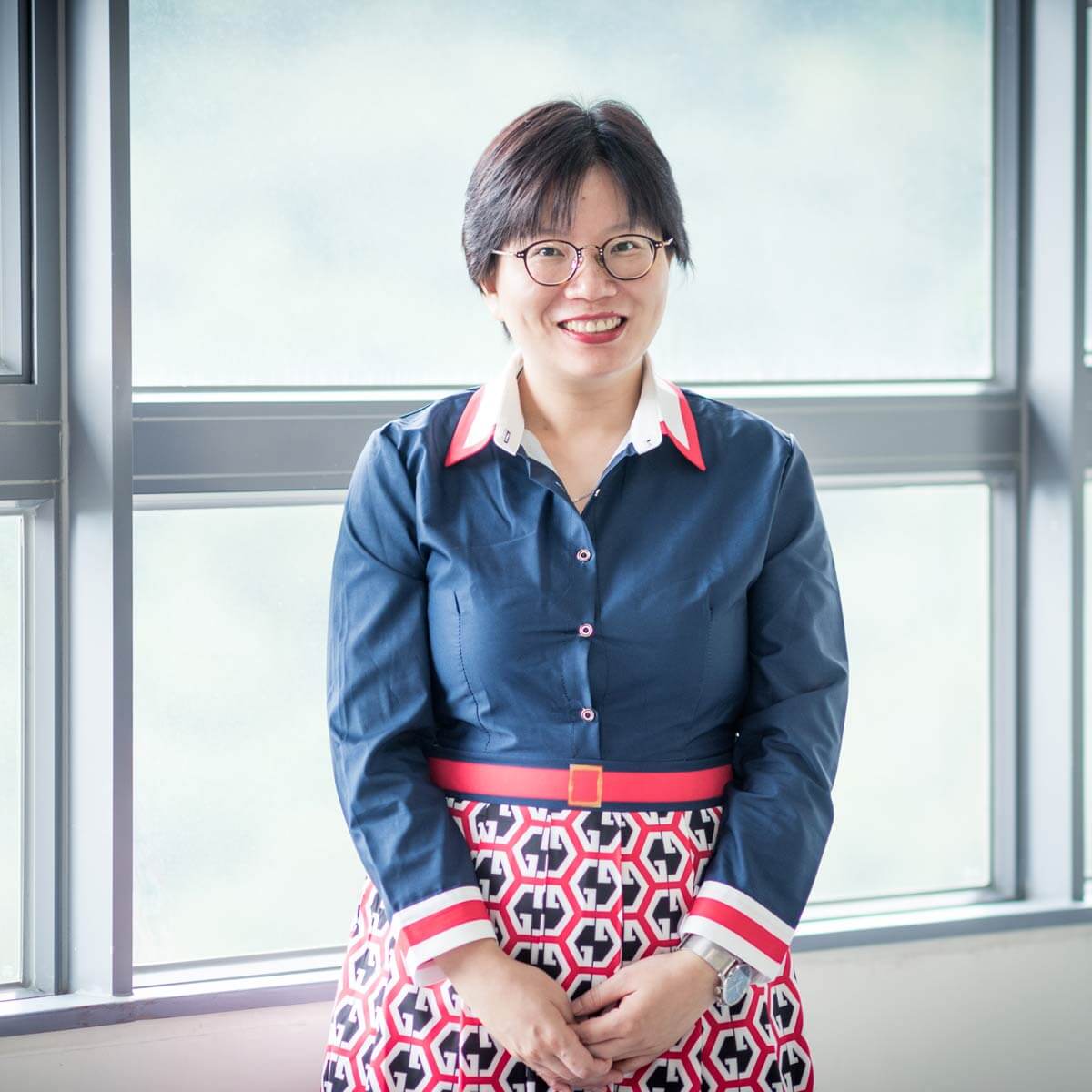“Fancy some coffee?” We scheduled to meet Prof Catherine So at 10, and her thoughtfulness sent a warm current through our hearts that early frosty morning. But just as a coin has two sides, she described herself as “oversensitive” – a trait that steered her from becoming a clinical psychologist (CP) and instead, towards the academia.
If there’s one thing Catherine’s mind is set on, it would be the children with Autism Spectrum Disorders, or ASDs in short (as many as 9,537 primary and secondary schoolers have been diagnosed in 2018/19). Since 2016, Catherine designed a panoply of programmes – from robots to paediatric massage – to alleviate the social and emotional difficulties these children encounter. Recently, she teamed up with colleague/professional educational psychologist Dr Sarah Luk and established Science and Technology for Autism Remediation (STAR), taking her years of research into the community where more autistic children could be served.
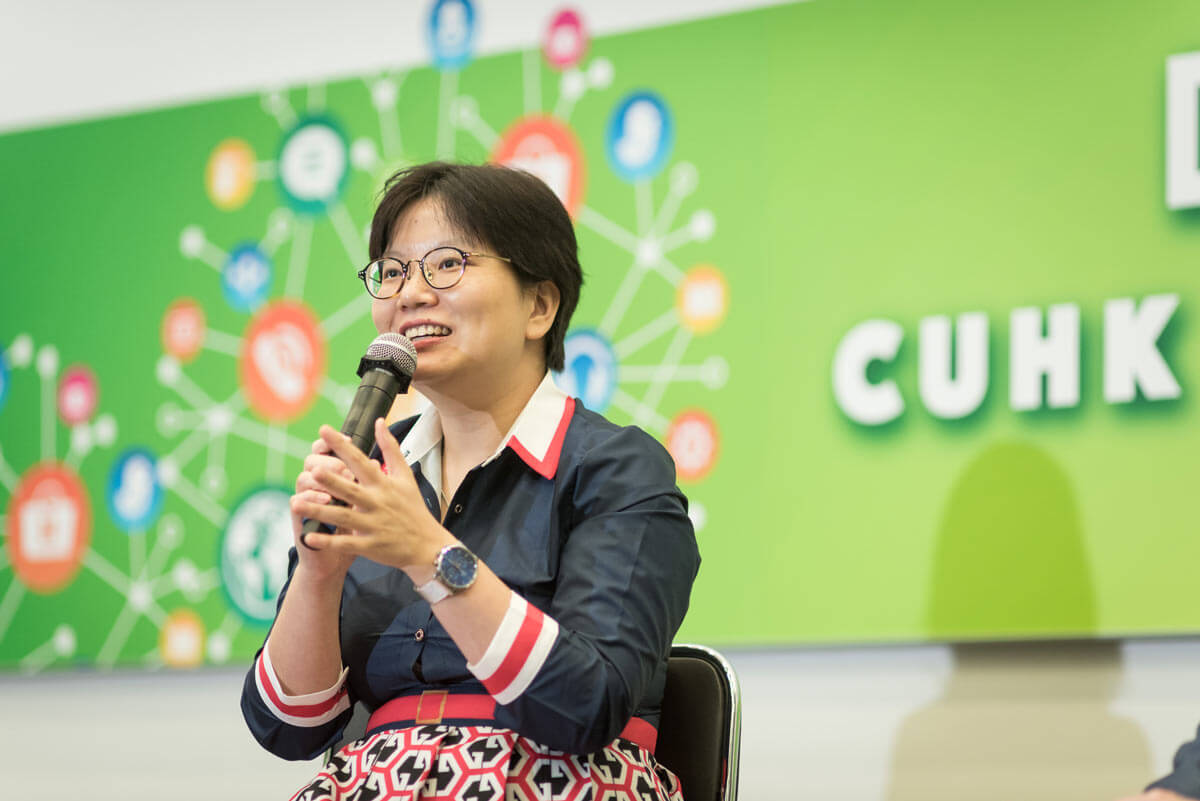
First encounter with psychology
Born and bred in Hong Kong, Catherine – incumbent Associate Professor of the Department of Educational Psychology at CUHK – first stumbled upon the subject of psychology in secondary school, and she was outright enchanted. “I considered going for architecture in junior high, but I ‘messed up’ my HKCEE maths paper. Psychology was my only option at A Levels.” The girl from a traditional prestigious school set her own standards when it comes to grades, “expected 7As (for my CEs) and ended up with a score of 21. Barely made it back into my school. Mum was worried I’d take my own life,” she whispered.
The setback might have resulted in a shattered dream, but she lit upon the meaning of studying. “Taking psychology hadn’t been a keen decision, who could’ve known it’d be love at first sight? I’m over-sensitive – that’s both good and bad. Sometimes I overthink. (I would question) why certain things happen, why people act in certain ways. This is psychology, the scientific study of human mind and behaviours.” The watershed of her life remains engraved in her mind.
Psychology even transformed her approach in studying. “Committing everything to memory used to be my only tactic, without knowing what that was all for.” Because of her new-found zeal, becoming word-perfect in the subject was no longer a goal. Rather, she learned to analyse, “so many theories to study! But I loved it.” This time, she qualified for Department of Psychology at CUHK, then furthered her studies until earning a PhD in Psychology at the University of Chicago.
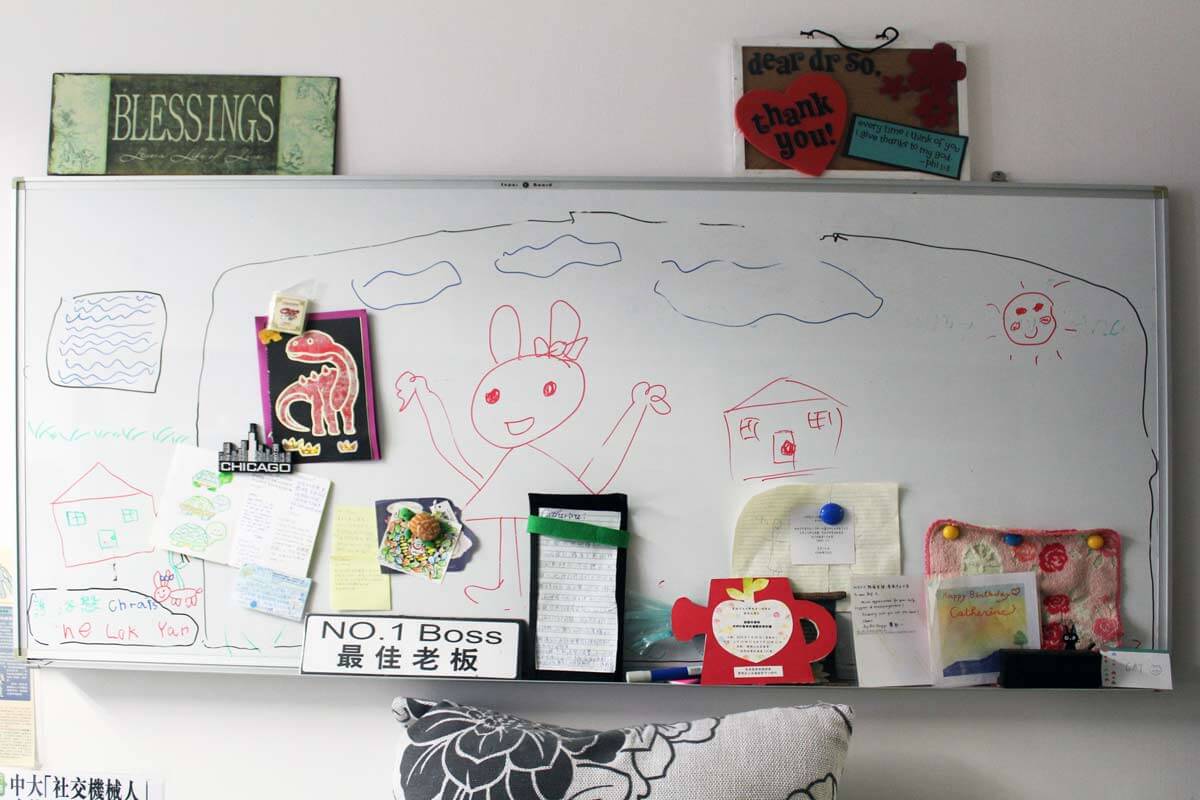
Giving a little too much thought
Why not a CP but an academic? “My character is not the best fit. I’m easily influenced by what others say.” In her first year of undergraduate studies, she practised at Sha Tin Hospital; once she overheard a doctor’s conversation with a patient on the other side of the curtains. The patient, with anxiety disorder, kept asking whether the doc saw “something bouncing up and down” on him. “Then I went home wondering if there was also something hopping on myself,” she chuckled.
One medical record, and she was put off the idea of clinical practice. “When I helped the doc organising his documents, I came across a closed file – someone grappling with Schizophrenia for over 20 years, during which he routinely commuted to the hospital. Alas he jumped off a bridge and…that was it.”
She was devastated, “so it doesn’t get better. For sure we get some successful cases, but a few instances like these linger on. I am no good at sorting out these situations.” She shelved the plan of becoming a CP – it was then full steam ahead for the path in academic research.
Confident in her analytical skills, Catherine applied for a PhD following her undergraduate studies. It wasn’t all smooth sailing though; her proposal got the nod in her second attempt, from a professor at the University of Chicago otherwise known as “the mother of gestures” (Prof Susan Goldin-Meadow). There in the US, Catherine researched on this unique communication system and wrote her thesis on the relationship between speech and use of gesture in the Chinese, Turks and Britons, “looking into the cultural differences, and common grounds.”
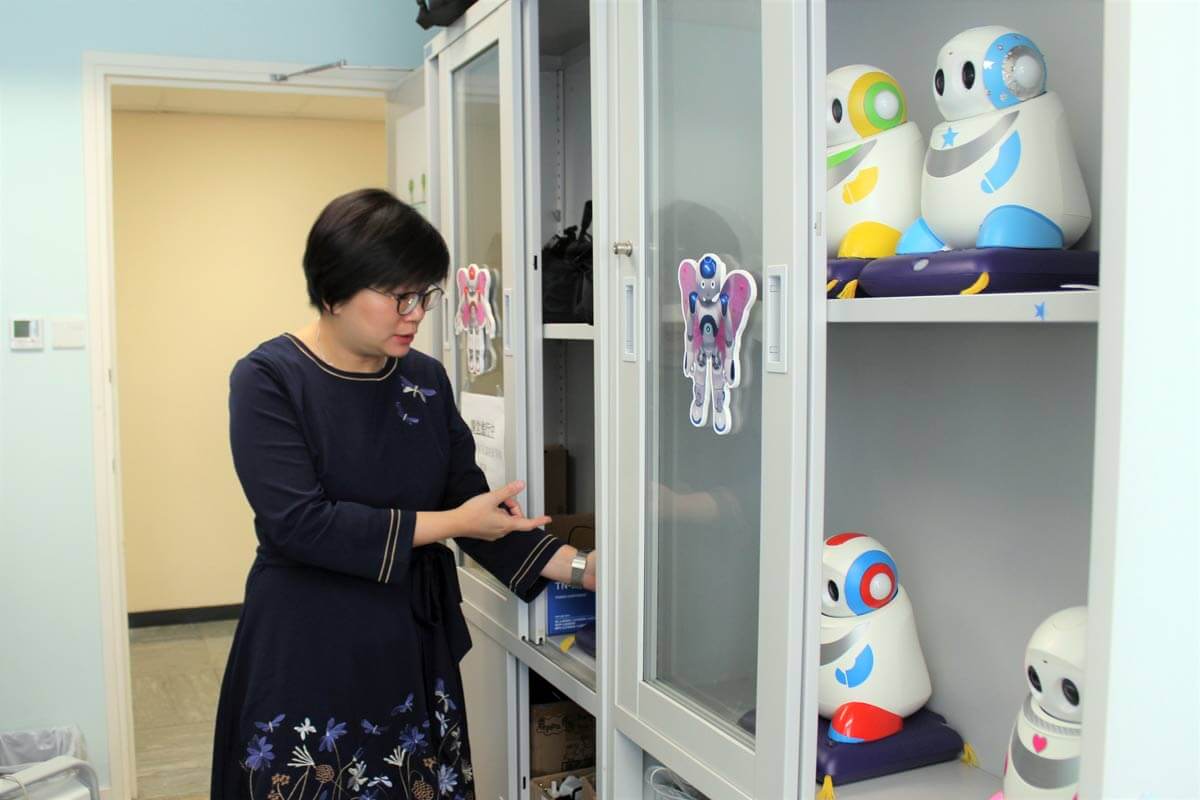
Huge revelations from tiny movements
After landing her PhD degree, Catherine was hired by the National University of Singapore (NUS) to further her research in gestures. The bilingual country encourages students to develop English as their first language while mastering their own mother tongue.
“We realised that Singaporeans gesture more often when speaking English.” Nevertheless, she stressed that their research focus was not on the frequency, rather cues that supplemented their spoken messages. “Subtle they may be, gestures do tell a lot – things not found in speech.”
So Catherine spent five years in the Lion City. But before making it to the seven-year itch, she began to cast doubt on the value of research, “it got boring, and you don’t even know if anyone bothers to read your work.” She told us about the reward mechanism at NUS for publishing a certain number of papers, “as if papers are solely for bonuses or raises.”
Just as “value crisis” struck, here comes a chance to change.
“My family wanted me home, so I hunted for jobs in haste.” She applied for a position at her alma mater, which required the candidate to teach topics on special education needs (SEN) – uncharted waters to her. She brought her “CE spirit” into play, “swallowed three textbooks”, and passed the interview.
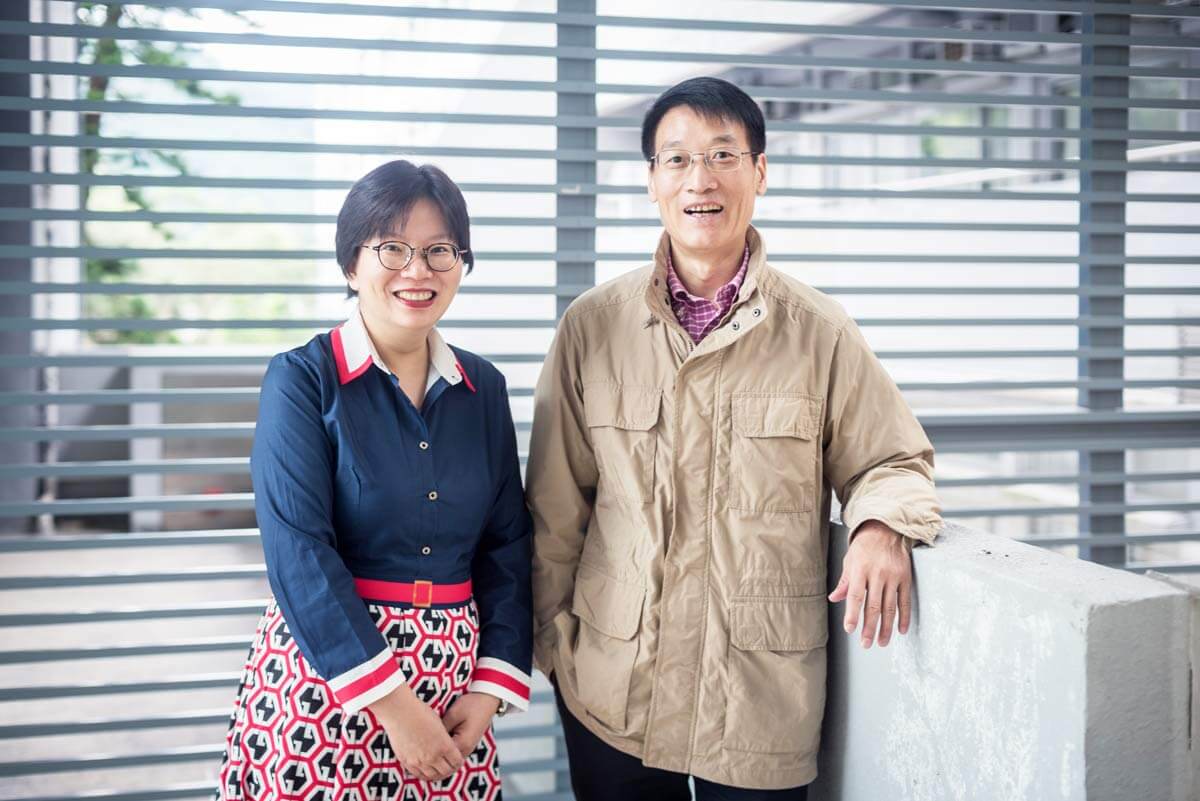
Forming ties with ASD children
Returning to CUHK as a professor and teaching an unfamiliar subject, Catherine took it as a challenge and more, an opportunity at breaking through the bottleneck. She started to ponder ways of combining her years-long research with SEN.
“You can’t research in one aspect while teaching another.” Out of the 10 major SEN categories, she picked ASDs for in-depth study. “Children with autism gesture poorly, a lot less frequently compared to other SENs, even those with Down’s Syndrome.”
Upon confirming her new research direction, Catherine initiated several community projects on autism intervention since 2016, all enabled by CUHK’s Knowledge Transfer Project Fund (KPF). She met an EdD student by chance, who was very interested in intervention for autism. The two clicked right away. They started to use robots as “tutors”, improving the behavioural and emotional well-being of autistic children via repetitive scenarios.
“Some children with ASDs got issues with sensory integration. If they find it noisy, like hearing thunder, they hit their heads with brute force. Some deformed their skulls as a result. I came across one student – his skull was dented on both sides (from prolonged hitting). On a more positive note, one did learn to ‘cover his ears’ after the robots repeatedly demonstrated to him the gesture, his self-harming behaviour abated.”
Whereas most find “human recorders” hard to bear, autistic individuals shun human contact, “they prefer mechanical stuff.” From 2018 onward, Catherine’s team collaborated with NEC, replacing the French robots NAO to couple with her teaching materials on social skills for patients aged three to 18.

Care for a paediatric massage?
Catherine devoted her career to gesture research thus far, even in her latest project with Dr Jianguo Zhang, a professional consultant in Chinese medicine at CUHK. She puts into practice another “gesture” – paediatric massage – for ASD treatment. According to their research, this form of therapy effectively enhances the overall cognitive and emotional performance in patients. They released tutorial clips to encourage parents to learn the craft for home-based therapy. Catherine conceded though, that due to a basket of reasons, “not many comply, maybe only like one out of every six.”
As we conclude our interview, we took a spin around Catherine’s office. On her door hung Dr Zhang’s handiwork, an embodiment of how he views Catherine as a person. The young Catherine to her parents was a girl who might attempt suicide should her grades suffer. What about now?
“Formidable, I tell ya – buried in books at all times, she is!” Dr Zhang responded in his Shandong accent, his eyes widening. Her reading materials turn out to be research relevant. Her latest purchase was made during a holiday in Taiwan – A Survival Guide for Parents with Teenage Children (literal translation). Sounds a befitting read for our current society too.
Science and Technology for Autism Remediation (STAR) at a glimpse

Founding year: 2015, becoming a social enterprise in 2019
Founding team: Prof Catherine So (Department of Educational Psychology) and educational psychologist Dr Sarah Luk
Mission: To serve children with ASDs and their parents through professional assessment, therapy, counselling, community education, as well as innovative technologies; committing to research and building big data for designing and implementing personalised intervention
Members: Personnel trained in SEN, clinical psychologists, speech therapists, and those concerned for ASD individuals
By Kary Wong@ORKTS
English translation by Cathy Wong@ORKTS


